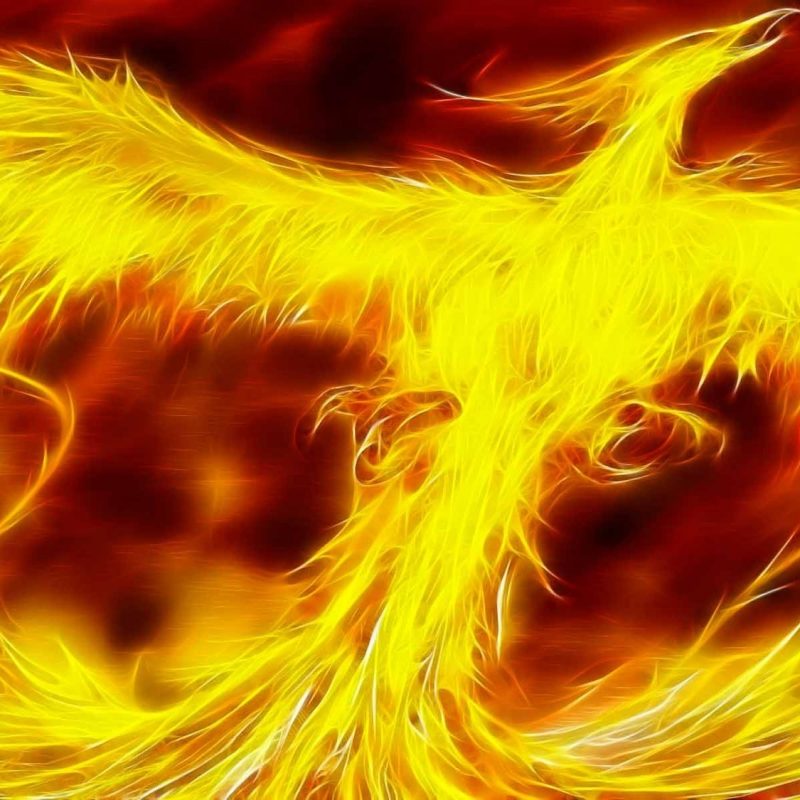A metaphor is a way of taking two items or ideas and placing them in conversation with each other in some way. Some metaphors may mean equating the two objects, while others identify unifying characteristics or themes that link the two, while still others may not outwardly share any characteristics at all. As long as the two are placed into that conversation, they are given that association, and a metaphor is created.

I revisited the section in Sula where Eva burns Plum alive, where when she splashes kerosene onto her sun and lighting him on fire is related to a baptism by fire, an eagle wing pouring wet lightness over his body.
Within the Bible, baptism by fire is the most powerful, cleanest form of absolution (with the image of burning away the individual’s sins). It also symbolizes a dichotomy of death and rebirth, in regard to the death of the mortal self-rooted in sin in favor of a pure, holy individual untainted by the original sin of the world.
In Eva’s eyes, for Plum, killing him was a gift as it ended his worldly suffering, and by killing him, she burns away the horrors of war that he has seen and gives him a form of birth. There is a dry sense of irony present as she ‘blesses’ him with the kerosene (which appears to almost be equated to holy water in its “wet lightness”). It functions as a connection to the divine, even alongside the expiration of a mortal body. The juxtaposition of the two concepts that nevertheless, has a singular focus rooted in death and rebirth, the burning away of the darkness of the soul.
The metaphor of the baptism by fire may bring an element of purification in fire to the interaction between Eva and Plum, and within the context of the book, it serves both as Plum’s happy acceptance of his death and Eva’s justification of the action – the metaphor frames both of their perspectives regarding the action, and as such cements the nature of their relationship.